 |
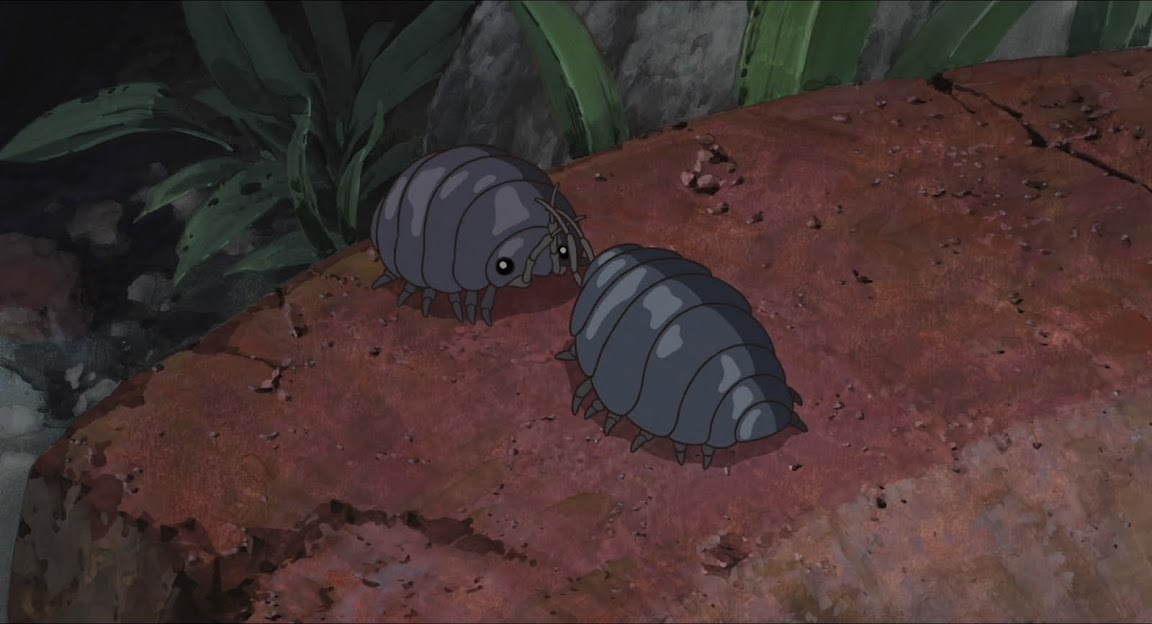 |
 |
As “Arrietty” has just begun a theatrical release, I thought it would be a good idea to top this review. Remember, this is for the subtitled version – I’ve also seen the Disney dub and I can tell you it’s decent, though nowhere near as good (shocking, I know). David Henrie as Sho (Sean) is especially a huge dropoff from the original performance.
I don’t remember how old I was when I read Mary Norton’s “The Borrowers”. I suppose I was probably eight or nine, but I do remember being absolutely entranced by it at the time – it’s one of those children’s books that have stayed a part of my psyche. To think of it now, it’s hard to imagine a story better suited for the creative geniuses at Studio Ghibli, and for a shift to a Japanese setting. The tone of adventure and environmentalism fits the Ghibli sweet spot, and Japan – with it’s millennia-old Shinto culture of countless Kami, large and small, suits the material perfectly.
I think Ghibli loses some credibility among “serious” anime fans for a number of reasons, possibly the most prominent of which is that it has the temerity to have “crossed over” to the general public. Is there a feeling that anything regular people can appreciate can’t possibly be real anime? Maybe, among some fans. But I think a serious look at the Ghibli catalog reveals a remarkably consistent train of quality films. The studio turns out beautifully made, lovingly hand-drawn movies year after year. The ones made by the master Miyazaki himself are usually, the best, of course, but some of the others are pretty good too. And this one, by longtime Ghibli animator Yonebashi Hiromasa in his directorial debut, ranks as a solid success.
Karigurashi no Arrietty is certainly an updating of the classic series by Norton. Instead of the English countryside we’re in a leafy suburb somewhere just outside a modern Japanese city. This is a world of cars, cell phones and Ishi Doro (stone lanterns). The house and garden that serve as setting, though, look surprisingly European – even British – apart from the lanterns and the half-moon bridges.
If you’re not familiar, “The Borrowers” is the story of Little People – a variant on the faeries of English folklore. These Borrowers live in the houses of “Human Beans”, borrowing and scavenging what they need to stay alive. Being seen by humans is taboo – though occasionally unavoidable, as we will discover. Arrietty (Mirai Shida) is almost 14 and beautiful, and shares her home beneath the floorboards with serious father Pod and highly-strung mother Homily.
Into the house of his Great Aunt moves 12 year-old Sho (Ryunosuke Kamiki). Sho is a gentle, kind little boy but seriously ill with a heart condition. He’s moved in with his Great Aunt and her housekeeper Haru to rest up for a life-threatening operation because his parents are too busy with work to be with him at his hour of need. Not surprisingly Sho is rather lonely, but an odd encounter in the garden recalls to his memory the stories his mother told him of strange creatures living in her Aunt’s house. Borrowers have been seen at the place for four generations, in fact. Sho’s Great-Grandfather even build an exquisite and functional little house for them, hoping to lure them out into the open so that he could see them once again with his own eyes. But they never came, knowing all too well that contact with Human Beans carries deadly risks for Borrowers.
As stories go, this one falls solidly in the “timeless children’s classic” vein of Ghibli, but that’s hardly surprising as that’s just what the books are. Content-wise, the essence of this adaptation is surprisingly faithful considering how different things look superficially. In terms of visuals, “Arrietty” can probably hold its own with most any of the films of Miyazaki himself. Much of the film is shot from Arrietty’s 10 CM-high perspective, and as a result the mundane artifacts of daily human existence are grand and imposing. Insects are imbued with personality and detail in that whimsical Ghibli way, and every element of Arrietty’s home is lovingly detailed. It’s a world of tiny human castoffs given new life and purpose by the resourceful Borrowers.
The heart of the story is the developing friendship between the lonely, melancholy Sho and the cautious Arrietty. His awkward attempts to persuade Arrietty to let him see her are at first rebuffed, and even disastrous (as when he almost wrecks their home trying to give them the functioning kitchen from the doll house). Arrietty is strong, independent and curious (in other words, a typical Ghibli heroine) and it’s this curiosity and youthful carelessness that allows Sho to see her in a pair of encounters that lead to the dramatic events later in the film. The tragedy of their relationship is that merely by their mutual curiosity and desire to learn more about each other, they set a chain of events in motion that show the inherent fragility of the Borrowers existence and cause their eventual parting.
While there’s some modern assessment of the Borrowers plight from Sho, most of that is left to the imagination of the viewer, and it’s obvious enough. Indeed, while there is some drama – mostly at the instigation of the rather histrionic housekeeper Haru, and the weakest part of the film – Yonebashi shows a fairly light and deft storytelling hand here. The dangers Arrietty and her family face and the seriousness of Sho’s situation are generally underplayed in favor of small moments of wonder as their worlds slowly begin to intersect. This is mostly a quiet, reflective film, filled with a sense of awe about what seems strange to us, sadness about what may be taken from us and hope that somehow we might survive our trials.
Any Ghibli film is naturally going to subject to the discussion of where it ranks in the catalogue. I’ll leave that to others for the most part, but it’s probably fair to say it ranks as among the best of the studio’s works not directed by Miyazaki or co-founder Isao Takahata. The movie was a huge box-office and DVD/BD success in Japan, and won the Japanese Academy Award for animation. It will be released in US theatres for a limited run in dubbed form in February of 2012, but as ever, see it subbed if you can. As a fan of the book, I can honestly say this is an adaptation that faithfully captures the spirit and the magic that captivated me as a child.
 |
 |
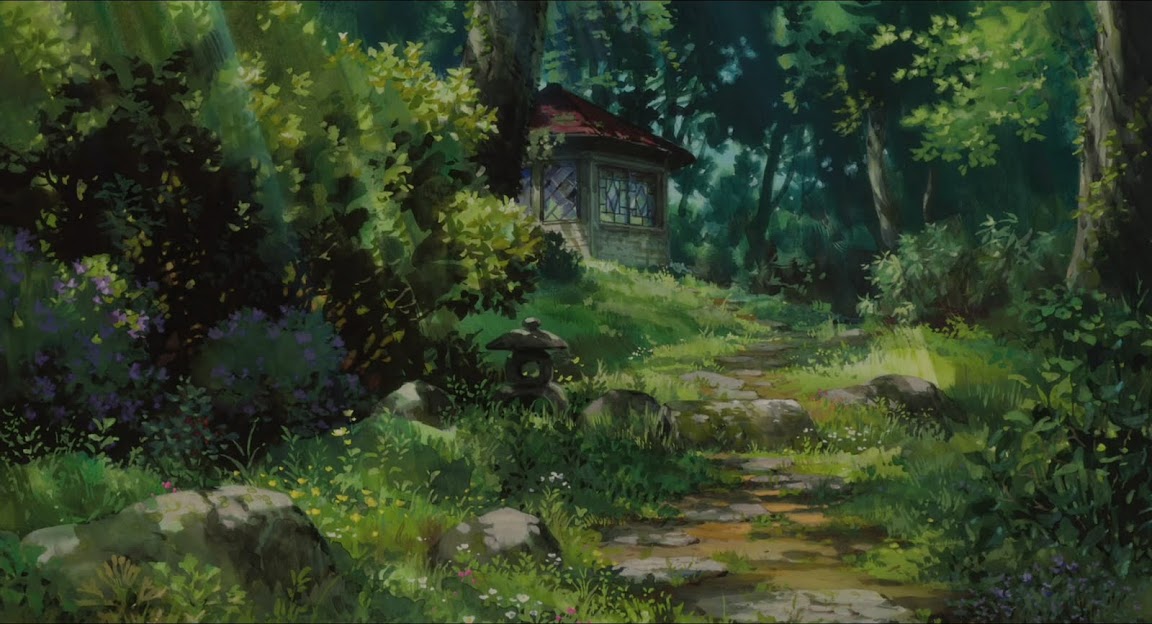 |


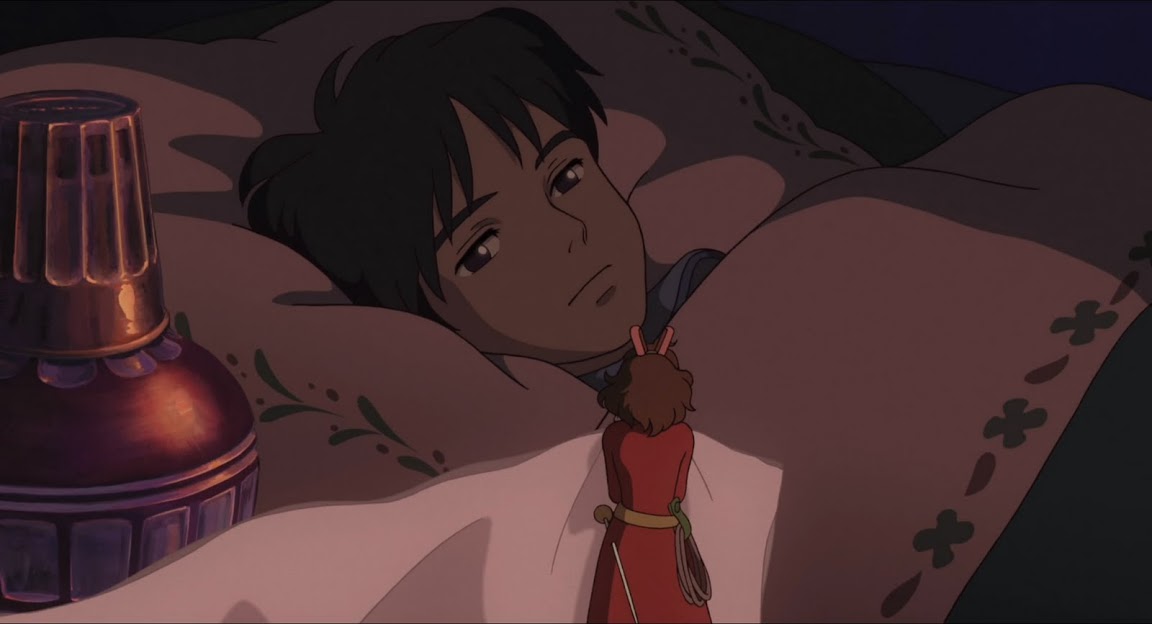
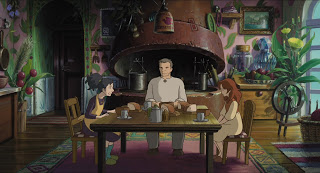
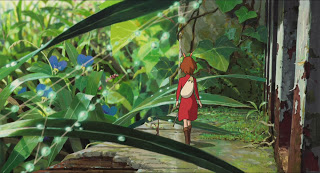
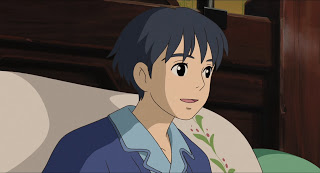
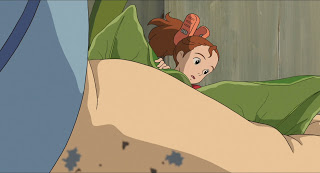
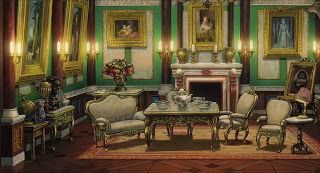
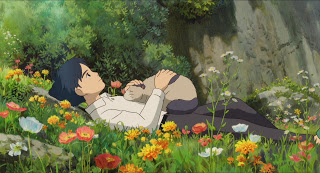
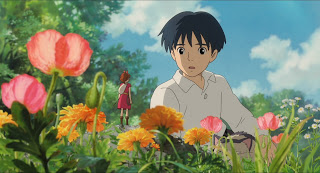
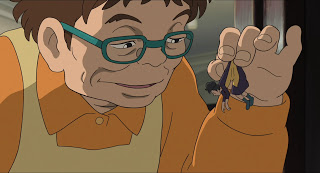
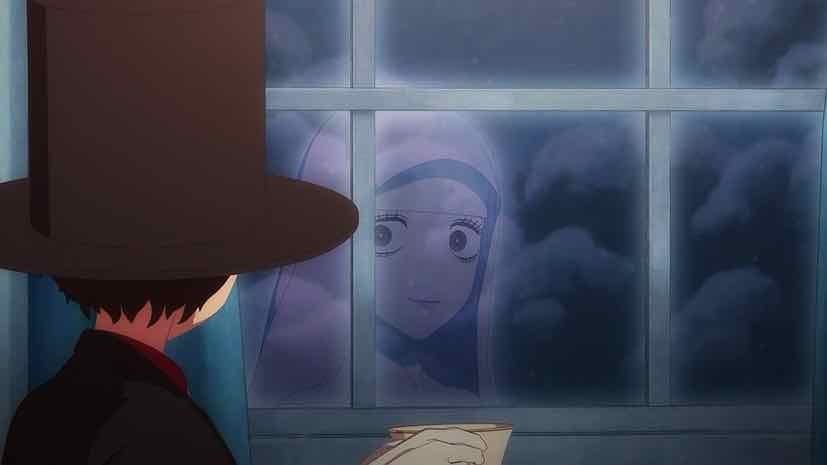
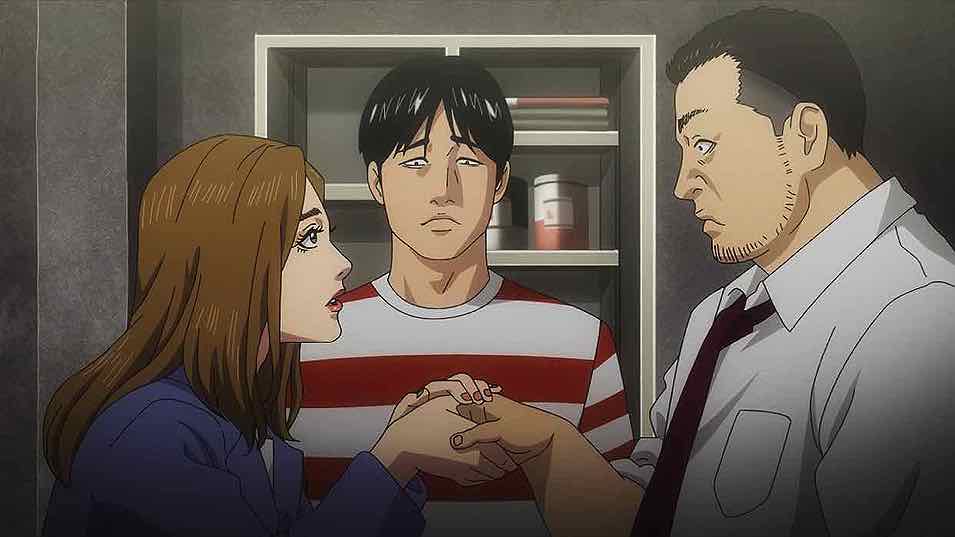
Seishun Otoko
July 7, 2011 at 10:51 pmThanks for the excellent write up on this Ghibli masterpiece. I love the attention to details in its settings and the creators did a great job animating the surroundings from the eyes of the borrowers. The contrast in size in done extremely well and when Arrietty is around big things, they not only look massive, they sound very big as well. I hold most Ghibli's films to a very high regard and Karigurashi no Arrietty is most certainly right up there with Sen to Chihiro no Kamikakushi, Mononoke-hime and Kurenai no Buta.
admin
July 7, 2011 at 11:02 pmDid you notice my new header, Seishun? 😉
dv
February 18, 2012 at 4:31 amHeader??
Seishun Otoko
July 9, 2011 at 2:48 amYes Sir, great things are happening in LiA 😀
Anon of Holland
July 24, 2011 at 3:33 pmHi~
I enjoyed reading your review of Arrietty. I'm actually a little jealous of your writing style.
I just saw the movie in theaters myself and wrote up a little review just before reading yours. If you want, you can check it out here:
http://interweb.web-log.nl/internet/2011/07/interweb-reviews-arrietty-jap-2011-animation-94-min.html
I don't know why I always have so much trouble writing proper reviews in English while it feels pretty natural in Dutch, but hopefully I'll improve with time.
admin
July 29, 2011 at 4:22 pm@Anon of Holland
Sorry for the late reply – your comment got caught in the spam folder, for some reason. Thanks for stopping by.
I read your review and I think you're pretty hard on yourself – it's very good. I look forward to the chance to see the movie in a theatre here sometime next year.
Anonymous
February 17, 2012 at 9:05 pm"This is mostly a quiet, reflective film, filled with a sense of awe about what seems strange to us, sadness about what may be taken from us and hope that somehow we might survive our trials."
Absolutely a spot on and beautiful assessment Enzo. Kudos to you. 🙂
– Flower
Seishun Otoko
February 17, 2012 at 10:00 pmI saw Kokuriko zaka Kara a few weeks back and it's definitely Goro Miyazaki's stronger effort. I need to watch Karigurashi no Arrietty again when I have the time. Excellent review even on a second read, Enzo 😉
admin
February 17, 2012 at 10:32 pmDefinitely looking forward to seeing Poppy Hill as soon as it's available – it looks quite good.
Anonymous
February 17, 2012 at 10:40 pmFor myself I must admit that the Ghibli film I am most anticipating seeing (and have for a few years now) is their version of Tale of a Bamboo Cutter….
– Flower
admin
February 17, 2012 at 10:52 pmIndeed, a Takahata-directed film is a rare thing and much to be aniticipated. I suspect this will be – as usual with him – less "commercial" and darker in tone than his partner's usual films.
Erif
February 19, 2012 at 12:27 pmWhile I wouldn't have minded if this were a bit longer and more analytical (for example, you claim Horo is the weakest part of the film, and while that may be totally plausible, you fail to tell why), this was nevertheless a very good, solid review.
admin
February 19, 2012 at 6:20 pmThanks for commenting. I actually said that the drama is the weakest part of the film, not Haru herself (I assume that's who you mean) and I think I explain why I feel that way later in the same paragraph. Appreciate the feedback and I hope you'll become a regular commenter.